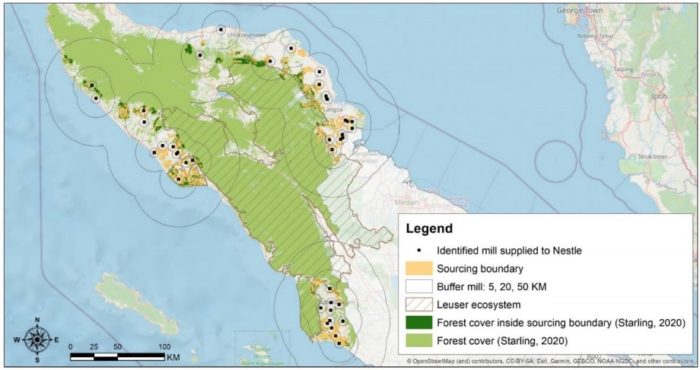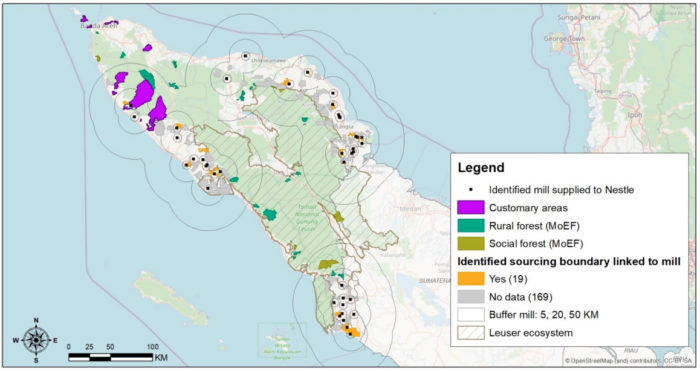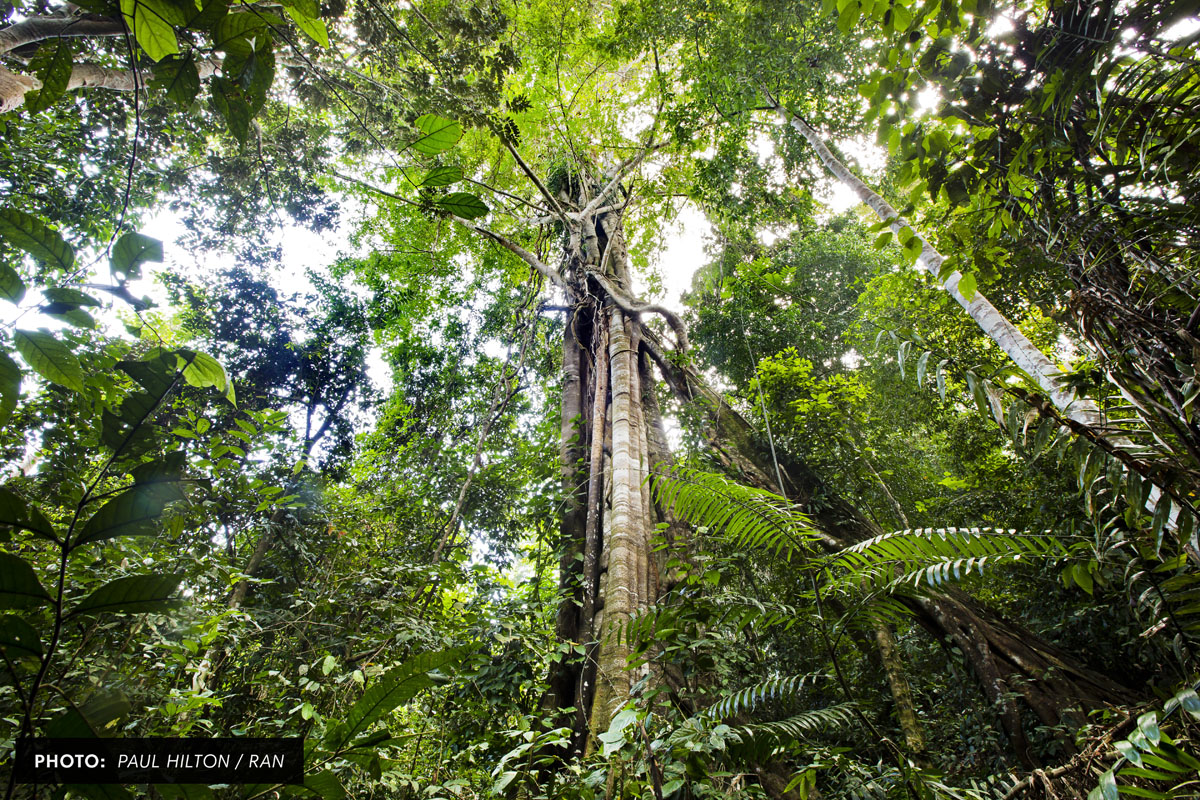As we approach the UN Climate Change Conference of the Parties (COP26) in Glasgow, it is clear that brands and banks must demonstrate that they understand the impacts of their supply chains or financial investments and are intervening to Keep Forests Standing and Uphold Rights.
From the cool air we breathe to the clean water we drink, forests are foundational to life on earth. Indigenous Peoples and local communities have been successfully managing these forests for generations. As some of the best defenders against deforestation, they are protecting their lands, forests, and waterways not just for themselves but for all of us. However, rainforests all around the world are being burned, clear-cut, and bulldozed every day for commodities like palm oil, pulp, paper, beef, soy, cocoa, and timber products. Multinational brands provide the market demand for these products and the funding for this destruction flows from major banks around the world.
This is why Rainforest Action Network is calling on 17 of the most influential corporations fueling the destruction of rainforests and the violation of human rights to disclose their forest footprints. The brands are the multinational, fast-moving consumer goods companies of Colgate-Palmolive, Ferrero, Kao, Mars, Mondeléz, Nestlé, Nissin Foods, PepsiCo, Procter & Gamble, and Unilever. The banks are the financial powerhouses of ABN Amro, Bank Negara Indonesia (BNI), CIMB, DBS, Industrial and Commercial Bank of China (ICBC), JPMorgan Chase, and Mitsubishi UFJ Financial Group (MUFG).
While the term “forest footprints” has been widely used, we’ve recoined the term to describe a step of actions taken to identify the forests and communities that are on the frontlines of expansion of industrial logging and agriculture and to develop strategic interventions to prevent deforestation and rights violations. If widely and responsibly implemented, the forest footprint tool could contribute to a game-changing approach to the implementation of ‘No Deforestation, No Peatland, No Exploitation (NDPE)’ commitments.
Despite the growing crisis facing the last Intact Forest Landscapes and Indigenous Peoples defending them, and the consensus on the need to keep forests intact and standing as a critical pathway to achieving targets set in the Paris Climate Agreements, to date only one company has disclosed an initial analysis of its forest footprint.
Nestle published its preliminary forest footprint on one of the most important forests landscapes–the Leuser Ecosystem–– the last rainforest where Sumatran orangutans, elephants, rhinos, tigers still roam together in the wild that provides over 4 million local people with clean water and livelihoods, and it is globally important as a critical carbon sink. Nestle identified that collective action in Aceh may realize the prevention of the clearing of nearly 90,000 hectares of forests, and 8000 hectares of peatlands, inside palm oil concessions, and an additional 1.45 million hectares of forested land suitable for palm oil cultivation that remain at risk across the sourcing region.

Map showing forests inside sourcing boundary’s from Nestlé’s ‘Palm Oil Forest Footprint’ analysis.
A critical difference between the forest footprint methodology RAN has developed goes further and assesses the forests that have been destroyed by past sourcing of commodities, it identifies the forests that remain standing and require immediate protection from conversion, and the rightsholders that need their land tenure and use rights recognized and may play a central role in securing the long-term protection and management of standing forests.
Nestlé’s pilot project began to identify customary areas but fell short as it relied solely on data showing customary forests that have been recognized by the government of Indonesia –– which represents only a small proportion of customary forests in Aceh. Nestlé took an important first step and must now follow through with further identification and engagement of impacted communities on the development of its ‘Forest Positive’ strategy in the region. Given Nestlé’s supply chains touch down from cocoa farms in the Congo to pulp suppliers in Indonesia and palm oil suppliers across the tropics –– it must now go beyond this pilot exercise to know and disclose its forest footprint across the globe.

Map showing identified customary areas in Aceh from Nestlé’s ‘Palm Oil Forest Footprint’ analysis.
A major question is which brands and banks will be the next early movers on the disclosure of their forest footprints? Unilever, Procter & Gamble, Colgate-Palmolive, Ferrero, Mars, Mondeléz, and PepsiCo all claim to have monitoring systems in place needed to put the forest footprint methodology into action but have so far failed to disclose their impacts. As all eyes move to Japan for the Tokyo Olympics, Kao, Nissin Foods and Japanese mega-bank Mitsubishi UFJ Financial Group (MUFG) will be in the limelight and will benefit from being able to show how they are tackling their contribution to the deforestation crisis in neighboring Indonesia — and its forests that continue to be decimated for palm oil, pulp and paper, and plywood imported into Japan. Other financial powerhouses such as ABN Amro, DBS, and JPMorgan Chase have the opportunity to come clean on the impacts of their financing of forest-risk commodities and demonstrate the implementation of their ‘No Deforestation, No Peatland, and No Exploitation’ policies.
Time has run out. Join us as we demand more for a change.
